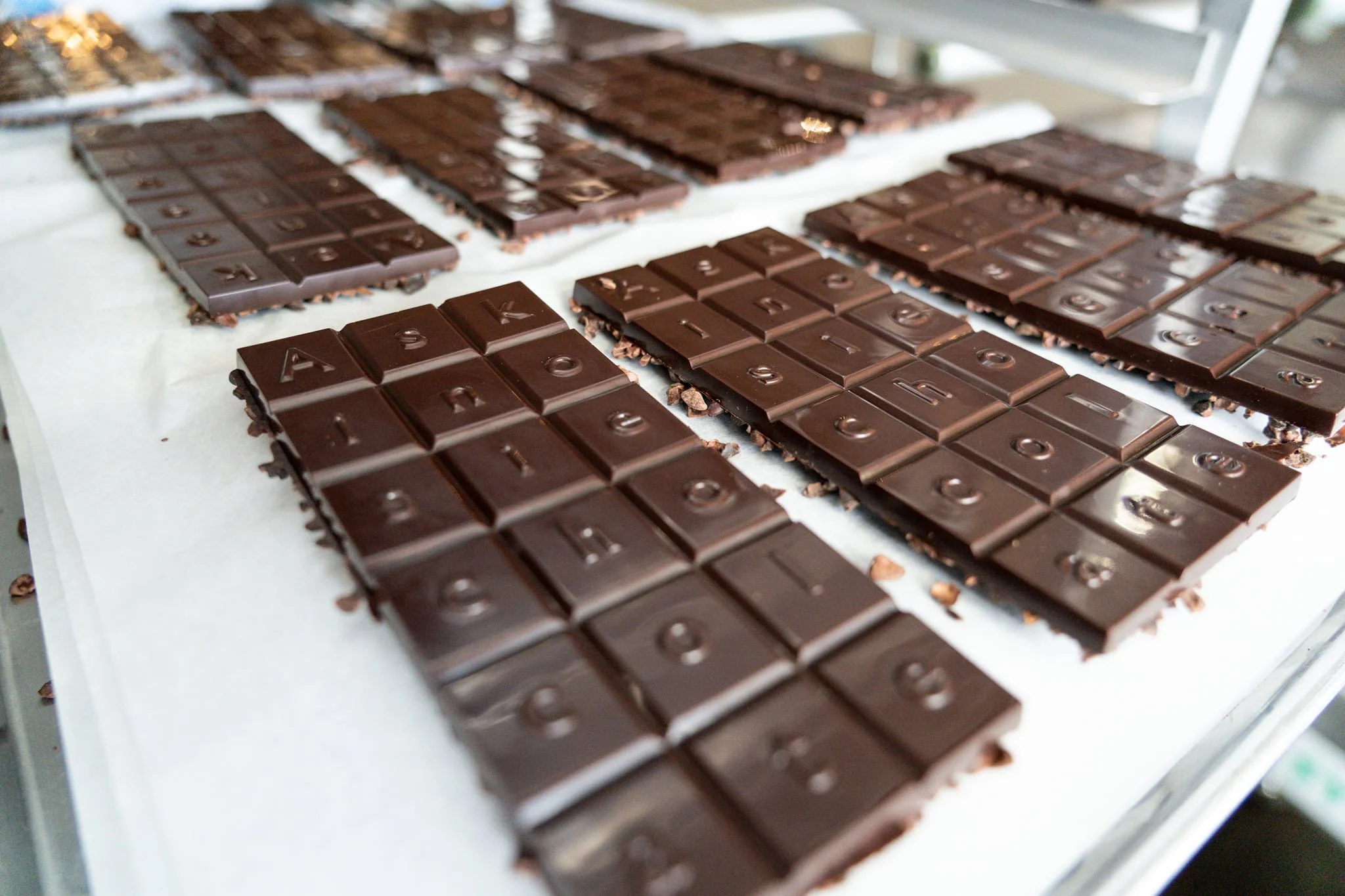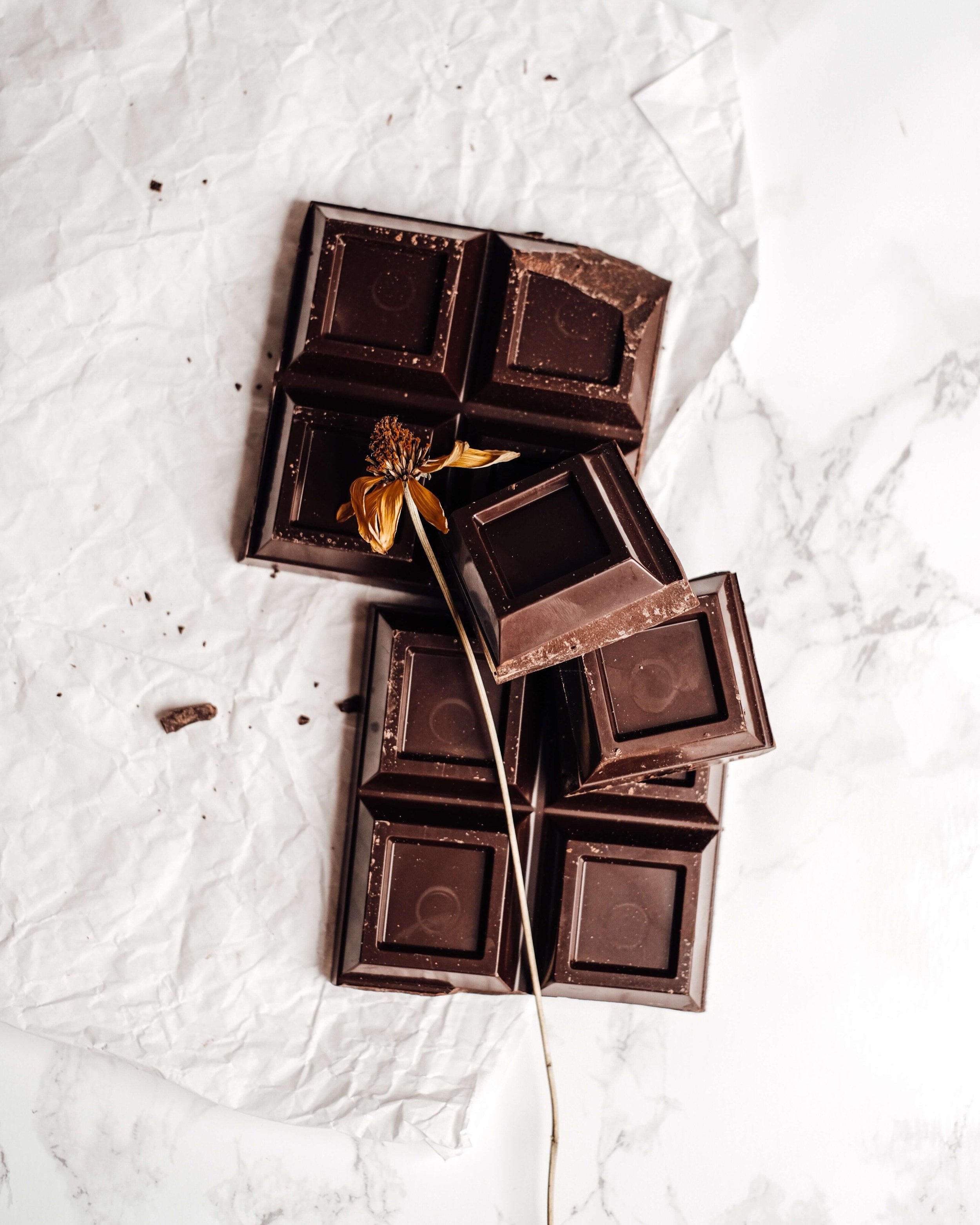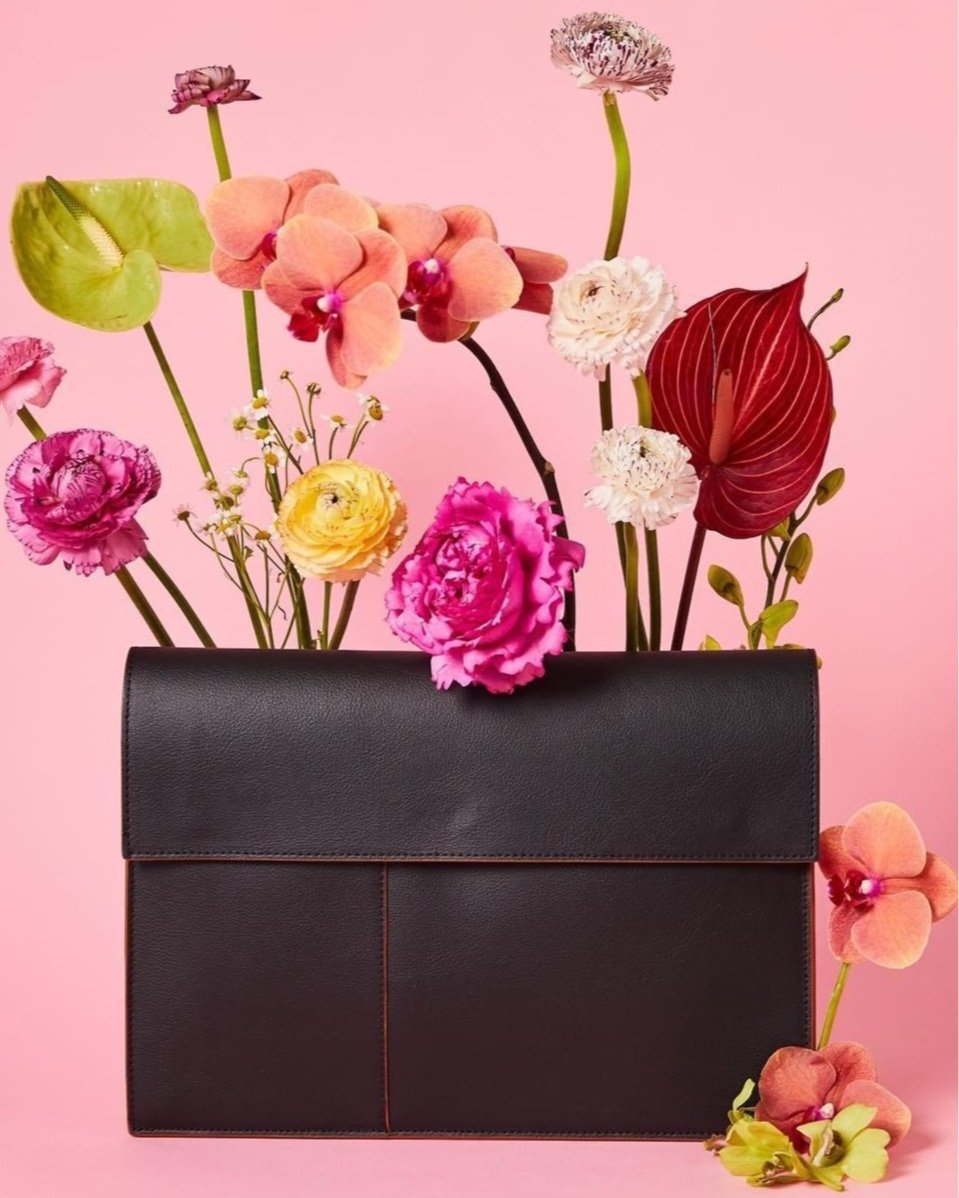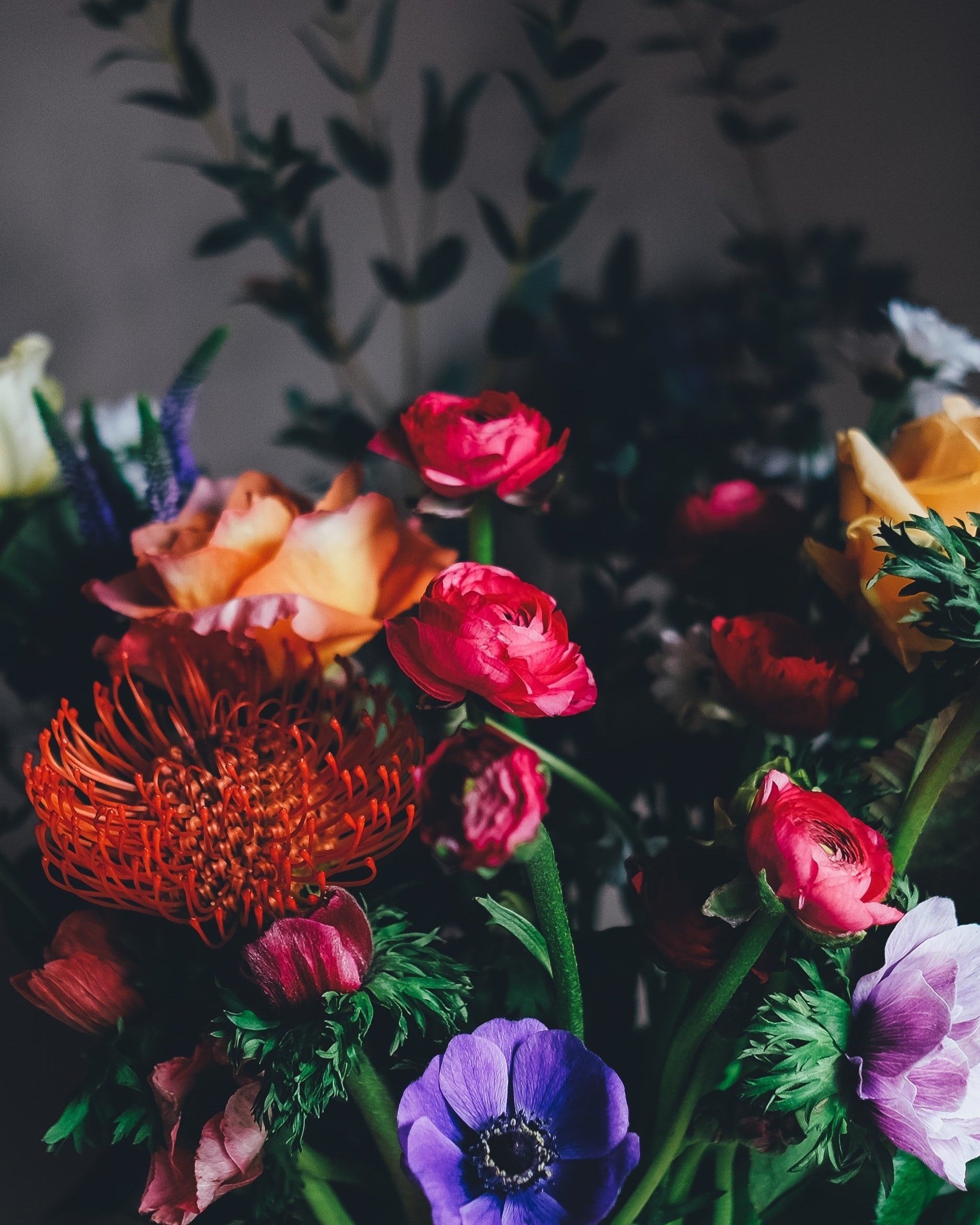The Ethics of Chocolate: What You Need to Know to Buy Sustainable Chocolate
Disclosure: Some of the links below are affiliate links, we earn a small commission if you click through and make a purchase. We only add brands & products we truly believe in.
Your Ultimate Guide to the Ethics of Chocolate
I’ve been a chocolate addict my whole life; one of my earliest memories is from when I was around three years old, rattling the bars of my crib after waking from my nap and waiting impatiently for my older sister to come back with the chocolate biscuits that I’d sent her on a mission to the kitchen to fetch for me.
When I was younger my cravings were satisfied by regular mass produced chocolate, but over the years as I became more aware of some of the ethical issues connected with chocolate, I started to be more conscious of which types of chocolate I bought and consumed. Just like anything in life, once you lift the curtain and learn about how something is made and who’s at the bottom of the supply chain, it’s hard to go back.
As we dive into the details of where chocolate comes from, how it’s made, and some of the ethical concerns connected with chocolate, I’ll explain some of the key chocolate terms that you need to know if you want to navigate the delicious world of sustainable chocolate like a pro.
Where does chocolate come from?
Chocolate is produced from the seeds of the pod-shaped fruit of the Theobroma cacao tree, which is native to the rainforests of Central and South America, varieties of which grow along the equator in tropical climates with high humidity and rainfall.
The seeds or “beans” found inside the cacao tree fruit are called cacao. All chocolate starts out as cacao, but it’s a lengthy and complex process that takes the beans and turns them into a bar of chocolate; the original fruit doesn’t taste much like the chocolate flavors you’re used to eating. Once the cacao beans have been processed, the product you’re left with is generally referred to as cocoa, which is the main ingredient in chocolate.
The geographical location where the cacao trees that provided the beans used in a specific chocolate bar were grown is referred to as the terroir or origin. Just like with fine wine, the soil quality has a huge impact on the natural flavors of the beans, and chocolate lovers who have developed their palates can taste a distinct difference between chocolate made with beans from different places.
There are various different varieties of cacao tree, all which produce beans which have distinct flavors and are grown in different areas of the world. The most common is the Forastero variety, the most disease-resistant type of cacao and therefore the most easily cultivated. It is estimated that around 70 percent of the world’s chocolate is made from beans sourced in West Africa, mostly of the Forastero variety. Criollo and Trinitario beans tend to be more rare, and are generally grown in the Caribbean, while perhaps the most rare variety of cacao of them all, Nacional, is predominantly cultivated in Ecuador and other parts of South America and Peru.
How is chocolate made?
There are quite a few steps in the process of turning a raw cacao bean into the chocolate that most of us consume: after harvesting the beans, they are fermented for several days, a process which leaves the beans with a sweeter flavor than the initially pretty bitter-tasting fruit. The beans are then dried, before being roasted to bring out their rich chocolatey aromas. After this, the beans are passed through a winnowing machine to remove the thin outer shell (which some chocolate makers preserve and use to make crunchy cacao nibs), and are then ground into a paste called chocolate liquor. The cocoa butter (the fatty part of the cocoa) can then be separated from the cocoa in a process sometimes called pressing or conched, ground, aged, tempered, and molded into its final form—the exact process varies from maker to maker, and this is where much of the magic happens.
It’s worth noting that a chocolate maker is someone who takes the raw ingredient, i.e. cacao beans, and processes it to produce chocolate. A Chocolatier (not to be confused with a chocolate maker) is someone who takes this chocolate, melts it, combines it with other ingredients, and crafts the filled or flavored chocolates you would expect to see when you’re buying a box of chocolates rather than a bar.
Chocolate’s connection with slavery, past and present
Throughout history, cacao has always been a highly sought-after commodity; it has been traced back 5,300 years ago to the ancient Mayo-Chinchipe culture in the upper Amazon region of Ecuador. And, as unfortunately tends to be the case with precious resources, the story of chocolate is riddled with devastating abuses of power that echo across centuries, transcending even the rise and fall of civilizations.
Spanish conquistador Hernán Cortés seems to have been the first European to realize the value of the cacao bean while on his hunt for fabled Aztec gold in Mexico in the 16th century. Cortés was subsequently instrumental in the destruction of the Aztec Empire, and helped establish a network of plantations (using slave labor, of course) across Central America and the Caribbean, growing commodities like cacao, sugar, and coffee.
Chocolate rapidly grew in popularity in Europe amongst the nobility, and became a popular confection for the masses after the invention of the first chocolate bar by J. S. Fry & Sons in Bristol, England, in 1847. Northern Europe’s temperate climate offered ideal conditions for the craft of chocolate-making, with countries like Belgium and Switzerland developing an international reputation for making luxury chocolate; the human rights abuses happening far away in the tropical climes where cacao trees grew were out of sight and out of mind for many consumers, as is still largely the case these days.
Today, the average African cacao farmer only makes around $0.50-$0.84 a day. According to the Cocoa Initiative, an estimated 30,000 children and adults were subjected to forced labor somewhere in the cocoa supply chain over the five year period between 2013-2017.
Deforestation has become commonplace in areas of high poverty where cocoa farmers are being pushed to their limits; because they’re paid so little for their crops, in many cases growers are chopping down other areas of woodland and rainforest to grow more cacao trees, hoping that a high volume will help them make a living. Sadly, this is detrimental to the biodiversity of the regions where cacao is grown.
image from Askinosie
What makes sustainable chocolate different?
As with anything in the sustainability world, chocolate brands should have a transparent supply chain, ensure fair wages for their cacao growers, and take steps to minimize their environmental impact.
Sustainable or craft chocolate also tends to be better quality and contain fewer (if any) additives; most cheap chocolate contains high levels of emulsifiers, vanilla, palm oil, soy lecithin, and other flavorings and preservatives.
There are various methods of ethical cacao bean sourcing, and a few phrases you might come across include:
Bean-to-bar, which describes chocolate that has been made from the beans to the bar by the chocolate maker who sells the finished product. Because bean-to-bar makers handle the whole process, they often source their beans directly from the growers which hopefully means greater transparency for you as a consumer. Though, just like with anything, be aware that the label bean-to-bar doesn’t necessarily guarantee that they paid fair wages for the beans.
Fair trade generally means fair wages and ethical working practices were used in the sourcing of the beans. Look out for the official Fairtrade certification if you want to make sure an external organization has checked behind-the-scenes of the brand in question (though be aware that to get Fairtrade certification can be costly, so isn’t necessarily the answer for every farmer or grower).
Direct trade isn’t a certification, but loosely describes a method of sourcing beans directly from the growers without any middlemen. If a chocolate brand trade directly with cacao bean growers, expect evidence that they’re paying these growers higher than average rates for their beans and that they can provide in-depth information about working conditions, lack of child labor, and the location of their growers.
Single estate or single origin chocolate means chocolate that has been made using beans from one single origin rather than mixing together beans from various different sources. Not only does this make for better tasting chocolate, it also tends to mean that there’s more transparency than usual—though it’s certainly no guarantee, so as always, make sure you check.
Raisetrade chocolate is a certification that ensures chocolate is produced from the tree to the bar in its country of origin, the country where the cacao beans were grown. Ethical chocolatiers will sometimes use Raisetrade chocolate to make their filled or luxury chocolate-box chocolates.
As well as some of these labels and terms, you might also see chocolate being referred to as “organic”. As with other types of food, you need to check whether or not it is certified and what that certification means and keep an eye out for greenwashing, but generally organic certification means that the cacao trees weren’t treated with pesticides and were grown with more sustainable methods.
To a certain extent, however, chocolate will sadly never be 100 percent sustainable for anyone who doesn’t live in a cacao growing region on the equator because of the air miles and carbon footprint involved in getting it to us. That being said, there are definitely many great brands that are as sustainable as possible, creating chocolate that’s so delicious your taste buds won’t want to go back to the less sustainable versions you used to be hooked on. Not only is this type of chocolate better for people and the planet, it also tends to be healthier and is best savored slowly with just a few satisfying bites at a time, encouraging you to eat less, but better of your favorite sweet treat.
Five sustainable chocolate brands
Finally, here are a few of the best American-made small batch sustainable chocolate brands to try next time you want to treat yourself or a fellow chocolate-appreciating loved one.
Click - here - for 15 Fair Trade Chocolate Brands
1) Askinosie Chocolate
Askinosie Chocolate is a single origin craft chocolate company based in Missouri, sourcing all of their beans directly from the growers and ensuring fair wages. They describe their values as being “fairness, sustainability, minimal environmental impact, and community enhancement”, and they back up this promise with a Transparency Report which details the “farm gate” price they’ve paid their farmers for their beans over the first decade of their business.
2) Dandelion Chocolate
Dandelion Chocolate is small batch, single origin bean-to-bar chocolate made in San Francisco. One of the original makers on the American craft chocolate scene, Dandelion use beans that they source directly themselves from makers, and they only use two ingredients in their chocolates—cocoa and organic sugar—using beans from one location at a time so that you can taste the different flavors that each terroir has to offer. As they explain, “We work closely with the producers who grow, ferment, and dry the single-origin cocoa beans we source, so we can be confident we’re sharing some of the best and most distinctive cocoa with you.”
3) Fruition Chocolate Works
Fruition Chocolate Works is a small batch craft chocolate brand with a great reputation (and over 70 awards to date under their belt). With headquarters in New York, they have close links with their cocoa suppliers and make sure that all of the farms that they work with use organic and either Fair Trade or Direct Trade principles. They reportedly pay “double to triple the average commodity price” for their cacao.
4) TCHO
TCHO is a California-based certified B Corporation embracing radical transparency in their supply chains. They are committed not just to providing fair wages for their growers on the ground, but also to investing in better infrastructure, training, and tools to help cacao farmers produce better quality (and therefore more valuable) cacao. Their range of chocolate includes vegan-friendly plant-based bars. They also have a brilliant guide to the range of tastes you can expect to find in different cacao beans from a variety of regions, which is well worth checking out if you want to understand how origin affects taste as you develop your chocolate palate.
5) Ritual Chocolate
Ritual Chocolate source their cacao from growers and cooperatives that prioritize sustainability, maintaining ecosystems as they grow and farm so that biodiversity is encouraged rather than harmed. Based in Utah, the factories where they make their small batch chocolate use LED lights, and Ritual packaging is either recyclable or compostable.
About the Author
Sophie Caldecott is a freelance writer living in a cottage on the edge of the moor in the South-West of England. She writes about grief, empathy, ethical fashion, and the things that connect us and make us human. You’ll most likely find her cozied up by the fire with a mug of hot chocolate and a good book.
MAKE SURE TO PIN THE PHOTO BELOW TO SAVE THIS POST FOR LATER!
WANT MORE SUSTAINABLE BRANDS? VISIT OUR BRAND DIRECTORY!
Our Brand Directory is home to hundreds of sustainable brands, from makeup to cleaning supplies, from underwear to shoes. We have broken everything down by category for easy shopping, along with discount codes unique to Sustainably Chic viewers.





































